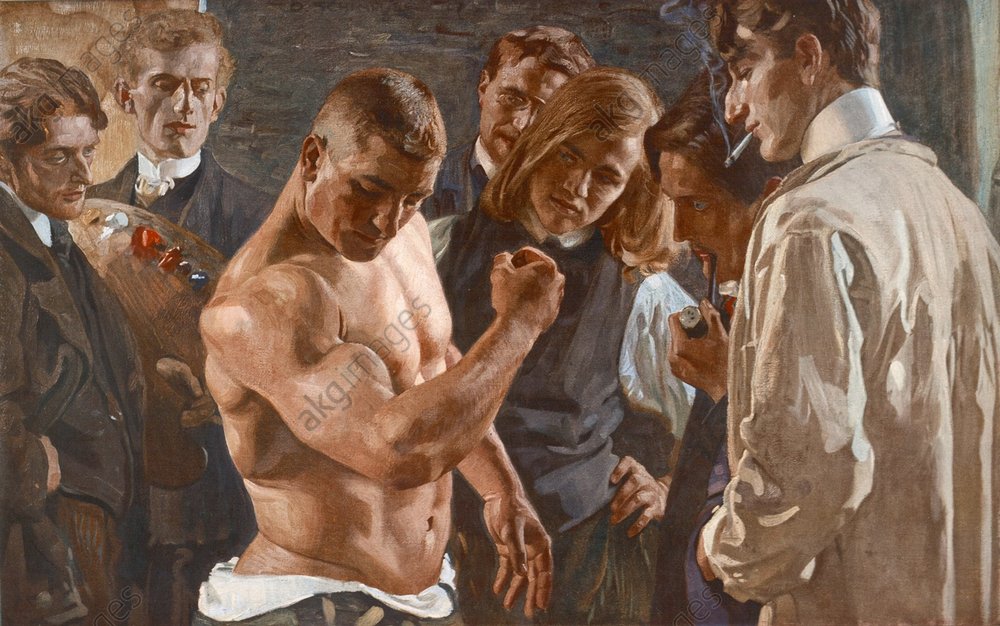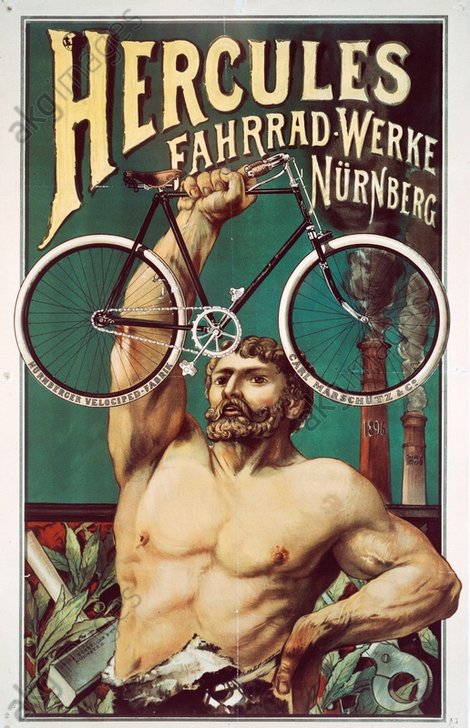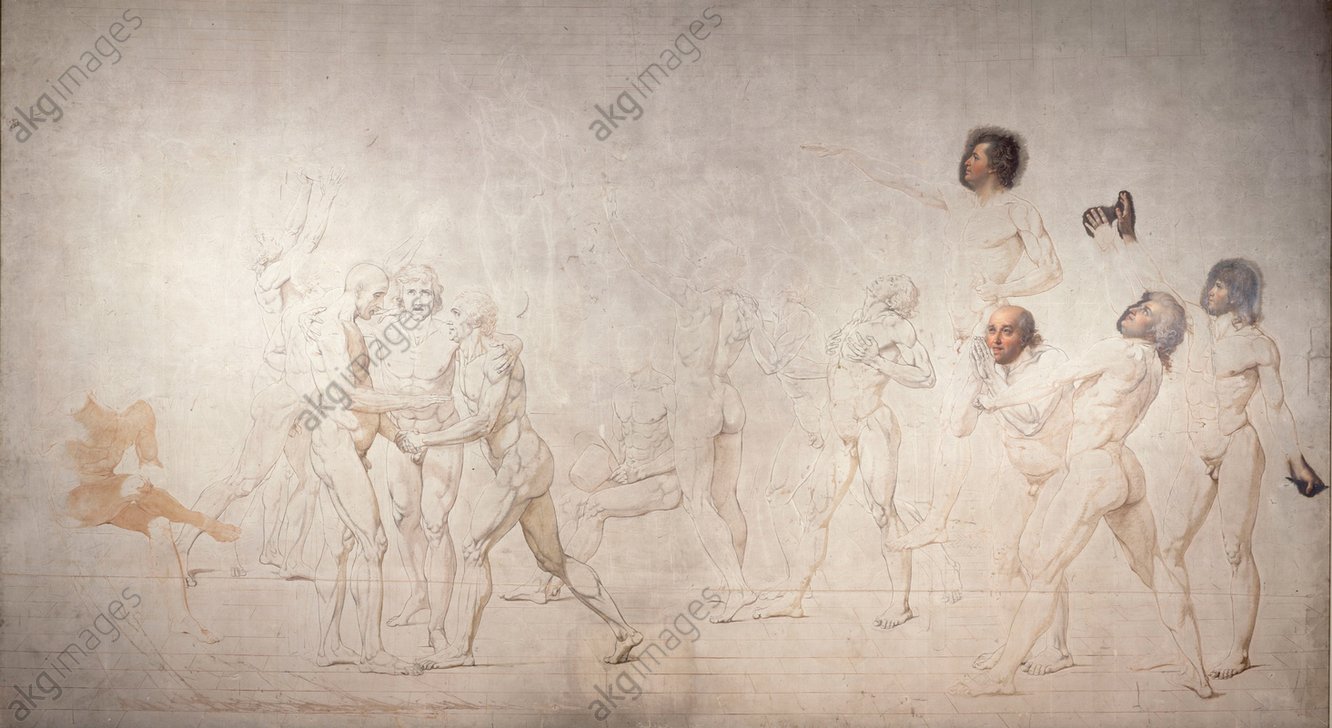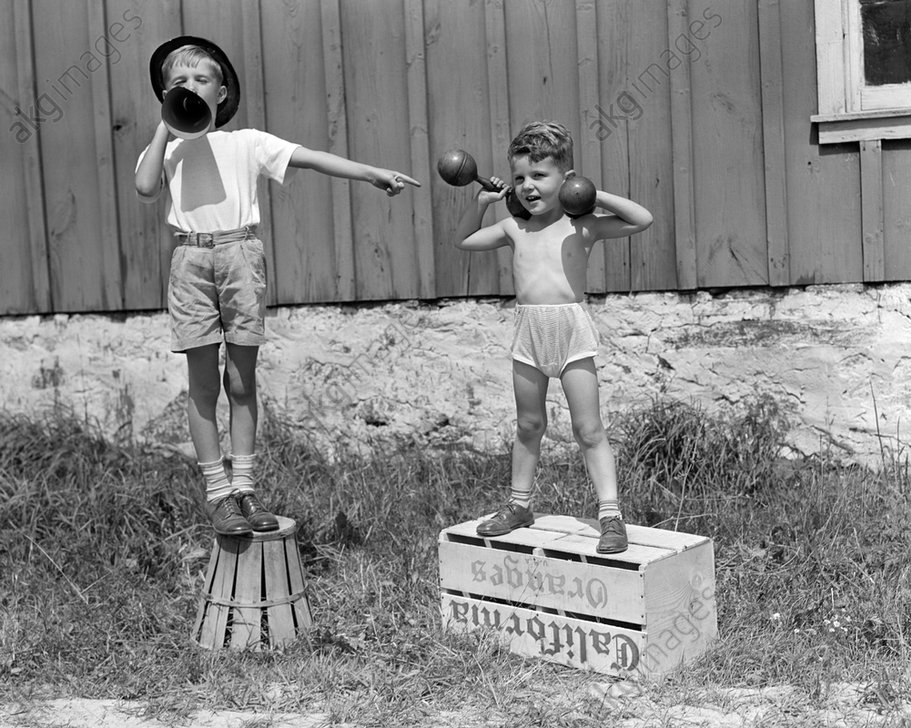Muscle men

As the lights came up in the cinema at the end of Guardians of the Galaxy, I turned to my friend sitting next to me and commented, “If I were Chris Pratt, I would be disappointed I only had one shirtless scene in that movie.” My friend immediately asked if I had listened to this week’s edition of NPR’s Pop Culture Happy Hour yet. I hadn’t, but as it turns out, I wasn’t alone in thinking that the film needed more shirtless Star-Lord in it.
Chris Pratt, if you don’t know him (and if you don’t know him, you really should) has been the star of two of the best films I have seen this year. In The Lego Movie he voiced the lead character and gave him a lot of the goofy charm that makes Pratt so likeable in the TV series Parks and Recreation (which is also something you really should know, if you don’t already). In Guardians of the Galaxy Pratt’s humour and charisma are a big part of what makes the movie work, grounding some of the more space opera moments in the film with his warmth and talented comedy.

Pratt had worked out extensively for the role of Star-Lord and Instagrammed a photo of the results a year ago. That photo has been reused in pretty much every article about Pratt or Guardians of the Galaxy since, so if you have any interest in Marvel movies or Hollywood, you’ve probably seen enough of Pratt’s abs… but here it is just in case you need reminding.
The Pop Culture Happy Hour podcast mentioned this article by Logan Hill in Men’s Journal, an absolutely fascinating read about how actors like Chris Pratt (or Kit Harington, Henry Cavill or the warriors in the 300 movies) have to train intensively and completely change their diets to gain the muscle-bound bodies they need to appear in big-budget Hollywood movies today. The training is entirely based around timing. When is the moment in training when the actor’s body has to be in absolute peak condition for a shirtless scene or a sex scene? The intense training gives the actor an ideal body, but it’s a body that is difficult – and dangerous – to maintain for a long period of time, as the actor has to lean down to 5% body fat so that the muscles have the best definition and the most defined inguinal crease (which isn’t a muscle, but two ligaments that you can only really see if you really lose your body fat).

As Logan Hill mentions in his article, Hollywood now demands the same level of physical perfection from the men in their films as they have expected from women for decades. The male body is being objectified in a way that the female body has for years, or as Tina Fey noted whilst hosting this year’s Golden Globes: “Matthew McConaughey did amazing work this year. For his role in Dallas Buyers Club, he lost forty-five pounds. Or what actresses call being in a movie.”

When looking at works of art, particularly paintings, you can see shifts over time in what was considered aesthetically beautiful in women. A quick search for paintings of the goddess Venus on the website and you can see how Venus’ dimensions shift and change across the centuries, as what men find attractive in women shifts and changes. Depictions of the male naked (or partially clothed) body do not alter anywhere near as often and stay focussed on depicting muscle power (and yes, complete with inguinal crease!), at least until the 20th Century. Depictions of men with the kinds of hyper-developed bodies now expected in Hollywood are still rare, even when looking through paintings and sculptures of Atlas or Hercules. I have chosen a selection from the archive for a mixed – and not entirely serious – lightbox of muscle men that you can view over on the akg-images searchable website.